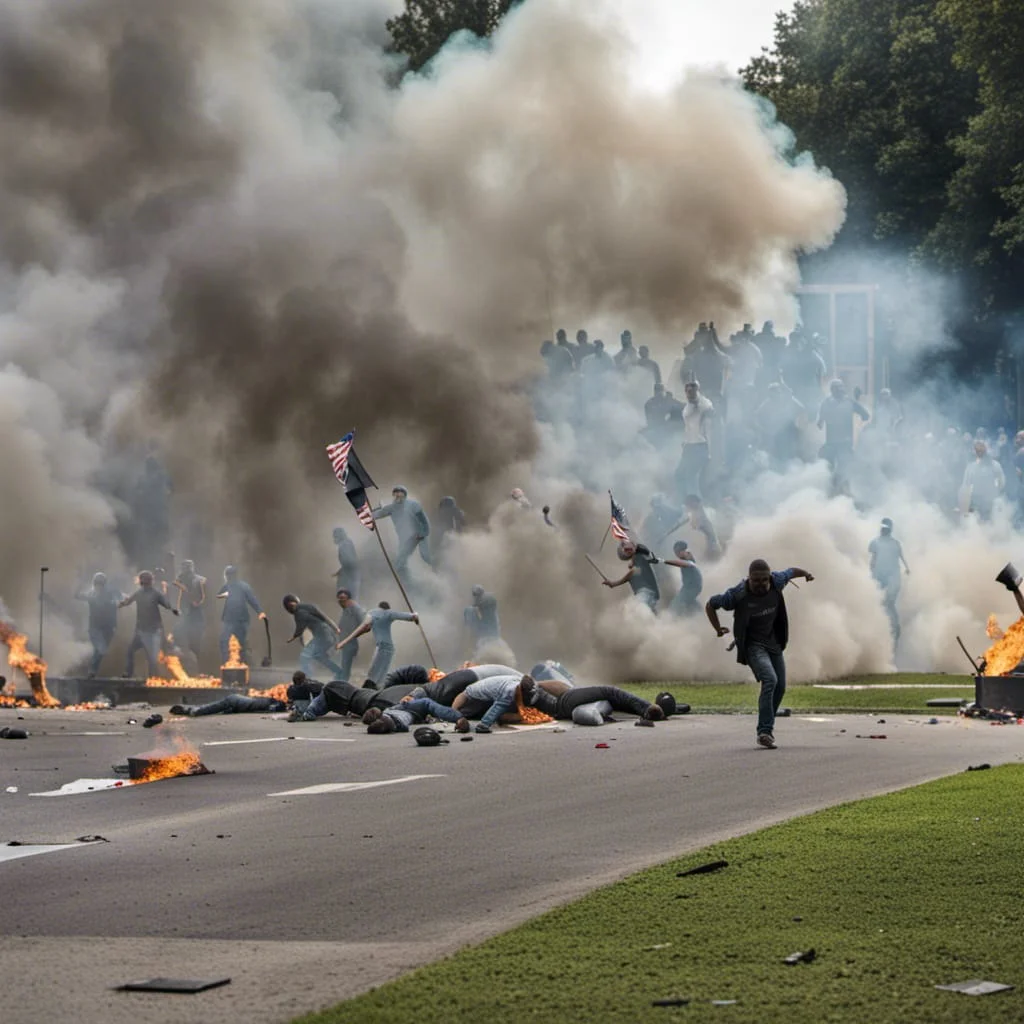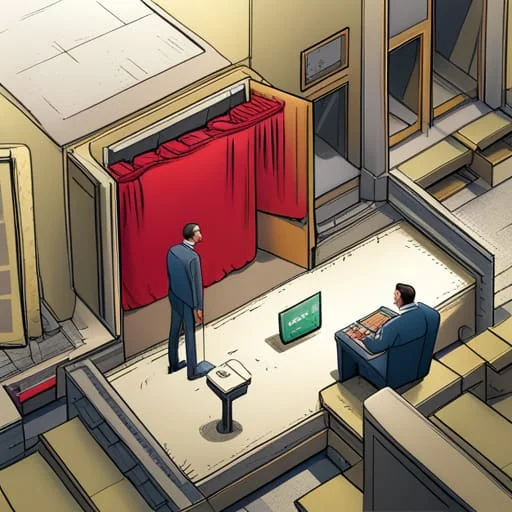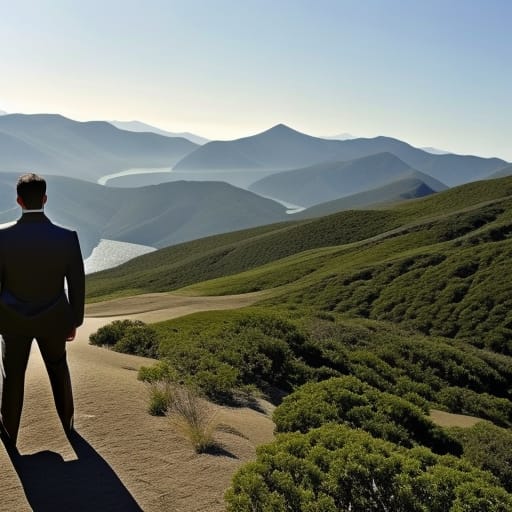
Hey there, changemakers. Today, we’re diving headfirst into the electrifying realm of protesting. Strap on your activist gear, because we’re about to explore the exhilarating pros and cons that come with raising your voice for a cause you’re passionate about. Get ready to be charged, because this is where the magic happens.
The Art of Making a Scene
In a world where speaking up is just as important as owning the latest tech gadget, protesting is the ultimate form of voicing your opinions. It’s like a social media rant come to life, except you’re not hidden behind a screen, and you’ve got some snazzy signs to boot!
What is it, you ask? Well, protesting is like that time you raised your hand in class to challenge your teacher’s questionable math skills, but on a much larger scale. It’s a bunch of passionate people, collectively fed up with a situation, ready to let the world know they’re not taking it lying down!

Advantages Of Protesting ➡️
Now, let’s talk about the juicy stuff – the pros of protesting that will make you want to grab a sign and dive right in.
Amplifying Your Voice
In a world where everyone has an opinion (thanks, internet!), it’s easy for your voice to get lost in the noise. But at a protest, you are part of a loud and proud chorus, making it impossible for decision-makers to ignore you. Who knew that screaming in the streets would be more effective than screaming into the void of social media?
Meeting Like-Minded Souls
Protests are like a magnet for people who share your passions and beliefs. You’ll connect with a diverse range of individuals who are as fired up as you are about making a difference. Nothing beats the thrill of discovering a new protest buddy who laughs at the same memes and has a penchant for the same revolutionary chants.
Creating Lasting Memories
Protests can turn into unforgettable experiences, like a wild adventure you can recount at every dinner party. You’ll have tales of the hilarious signs, the mishaps, and the people who became friends in the trenches. These are the memories that will keep you smiling even when your feet are sore from all that marching.
Free Workout Routine
Who needs a gym membership when you can join a protest? Say goodbye to squats and burpees, because marching for justice is the ultimate full-body workout. You’ll be shedding calories faster than politicians shedding promises! The best part? The feeling of camaraderie among sweaty protestors – you’ll never find a more motivated fitness group anywhere else.
Galvanizing the Next Generation
Protests aren’t just about the here and now – they’re about shaping the future. By participating in a protest, you’re setting an example for the next generation of activists. You’re showing them that change is possible and that raising their voices can make a world of difference.
Bottom Line
But wait, there’s more. Protesting isn’t just about yelling your lungs out; it’s about capturing attention, making an impact, and shaking the status quo like a boss. Decision-makers can’t help but sit up and take notice when the masses come a-knocking. You’ve got the power to influence change, and that’s no small feat.
Disadvantages Of Protesting ❌
Protesting isn’t always a walk in the park – it’s more like a march on hot coals. But when you’re out there, fighting for what you believe in, it’s a feeling like no other.
The Inconvenience
(Is It Over Yet?) Protesting requires dedication, time, and energy. Who has the patience for that? You’ll find yourself juggling your schedule, losing sleep, and potentially jeopardizing your job just to stand around holding a sign. But hey, at least you’ll have something to complain about later.

Dealing with Extremists
(Hello, Crazies!) Yes, the lovely company of extremists and radicals. Because every protest has its fair share of people who take things to the next level – the “tin-foil hat” level, to be precise. Brace yourself for the joy of distancing yourself from the lunatics while trying to make your point heard.
Creative Sign-Writing Pressure
Ah, the art of sign-making, where creativity goes to die. As you wrestle with marker pens and poster boards, you’ll quickly realize your artistic skills are on par with a blindfolded toddler. Your “clever” sign may end up being as exciting as watching paint dry, but hey, it’s the thought that counts, right?
Traffic Jams and Road Rage
Nothing quite gets the adrenaline pumping like being stuck in a never-ending traffic jam caused by a protest. Because, you know, nothing screams “effective activism” like infuriating random commuters who have zero involvement in your cause. Get ready to witness some epic road rage as drivers desperately try to figure out what’s going on.
Unpredictable Weather
Mother Nature, is the ultimate party crasher. Protesting in the sunshine is a dream – but brace yourself for the other 99% of the time when she decides to rain on your parade (literally!). There’s no such thing as bad weather, only bad clothing choices, they say. But no number of ponchos can protect you from looking like a drowned rat while trying to make a serious point.
Angry Glares
You’re marching, chanting, and generally being an activist extraordinaire. But instead of getting cheers from passersby, you’re getting death stares from people just trying to grab their morning coffee. Nothing like a cup of disdain to start your day. But hey, remember that protesting isn’t for the faint of heart; it’s for the fierce of spirit.
Ready to Protest Like a Pro?
Whether you’re passionate about environmental issues, social justice, or the latest celebrity scandal (yes, that’s a thing), protesting is your ticket to making a difference. It’s a rollercoaster ride of emotions, a chance to connect with like-minded souls, and an opportunity to leave your mark on the world.





